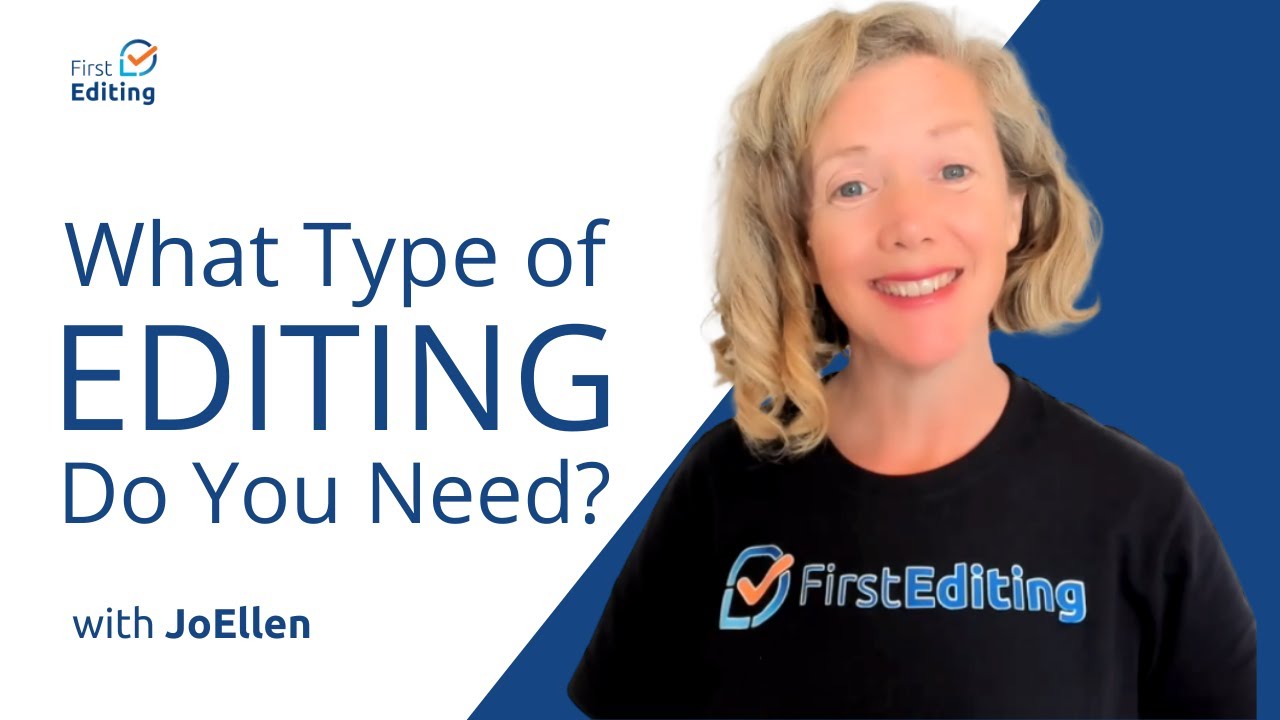
If you’re a freelance writer, chances are high you’ve seen more than a little discussion of white papers and been told you should be writing or editing them. Depending on your familiarity with the term white paper, reactions to learning how to write a white paper can vary from “Easy, I’ll pick it up in the afternoon,” to “I’d rather spend a day under the dentist’s drill.”
Many people think of white papers as something used by techies to describe complicated software or hardware protocols. The term originally referred to papers proposing solutions to complex technical problems for governments. But the good news is, it has since evolved to mean any article addressing how to solve a problem. So, it has been adopted by businesses for use as a marketing tool. The theory is, if you can help a consumer solve a problem using your company’s tools (naturally), you win consumer loyalty.
As a result, opportunities for writers have grown exponentially. Freelancers are now writing white papers on everything from how to work around problems with the Windows 10 operating system to how to crochet a beanie that fits, to how to market your business on specific social media platforms. Again, the goal of a white paper is to help someone solve a problem.
Certain aspects should be included in any white paper, starting with a descriptive and specific title. Say what problem the white paper addresses and the proposed solution. Include an introduction giving more detail about the particular problem and solution in the article so readers know at a glance if your white paper will help them with their problem. After that, give some background on the topic, such as the variety of reasons someone might face this issue.
Write a White Paper
Next, walk the reader through your proposed solution. Make this step by step and don’t neglect graphics, such as photos and charts. Remember, you’re trying to resolve a problem for a wide variety of people by teaching them something. Some people learn best by reading, and others learn best by seeing or following an example.
Finally, give your reader links to resources that will help them complete their understanding of your proposed solution. And include references you used in authoring the white paper; this lends weight to your authority about the subject.
You should tailor the tone of your writing to the audience for your white paper. For example, the tone appropriate for discussing uses of Twitter for marketing your book would not be suitable for a white paper on how a minority-owned business should bid for government contracts.
In general, approach the writing with a keen awareness of your audience. For most white paper work today, this means a business-appropriate tone. Therefore, you should strive for the following:
- Don’t use a whole bunch of unnecessary words in the sentences that you construct, like this one.
- Authority—think about the validity of your sources. Don’t rely on biased information to preach to the choir.
- Avoid hyperbole for all you’re worth!
- Don’t use jargon to try to hit it out of the ballpark.
- And, on a serious note, avoid language that is discriminatory in any way.
Finally, despite the semi-academic tone of many white papers, don’t forget to write in the active voice so readers stay interested in what you worked so hard to say.
Keep your eye on the reason for any white paper—to solve a common problem—and you’ll be ready to start venturing into this potentially lucrative field for freelance writers.
Originally posted 9/24/1015 and happily updated 10/27/2017. Thanks for reading!










